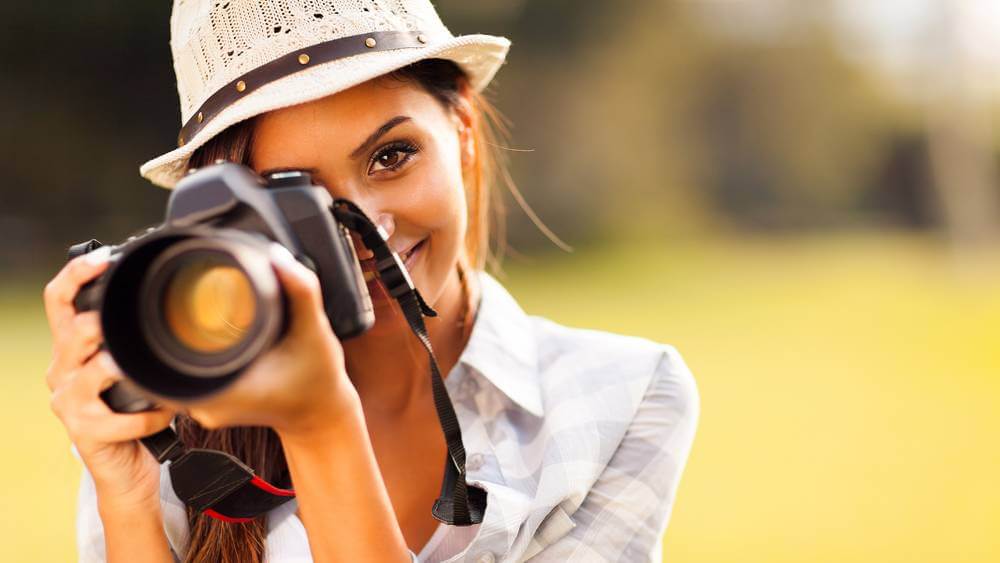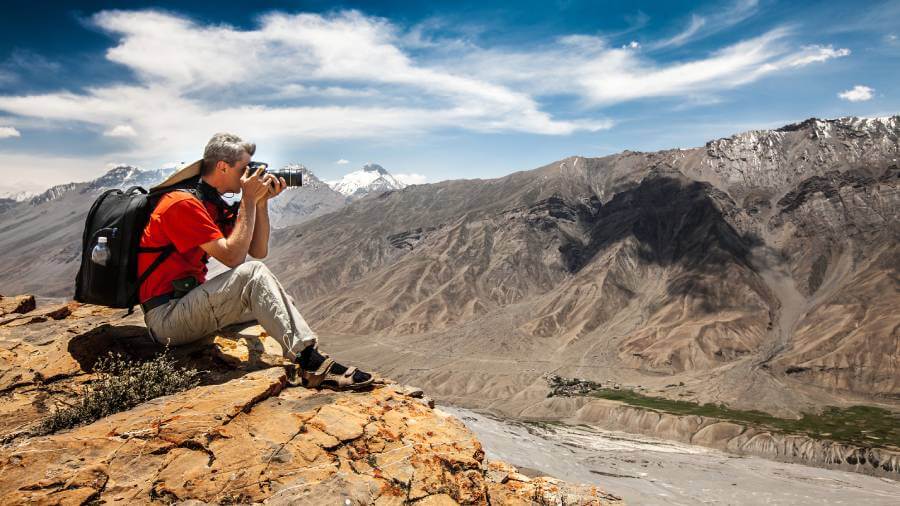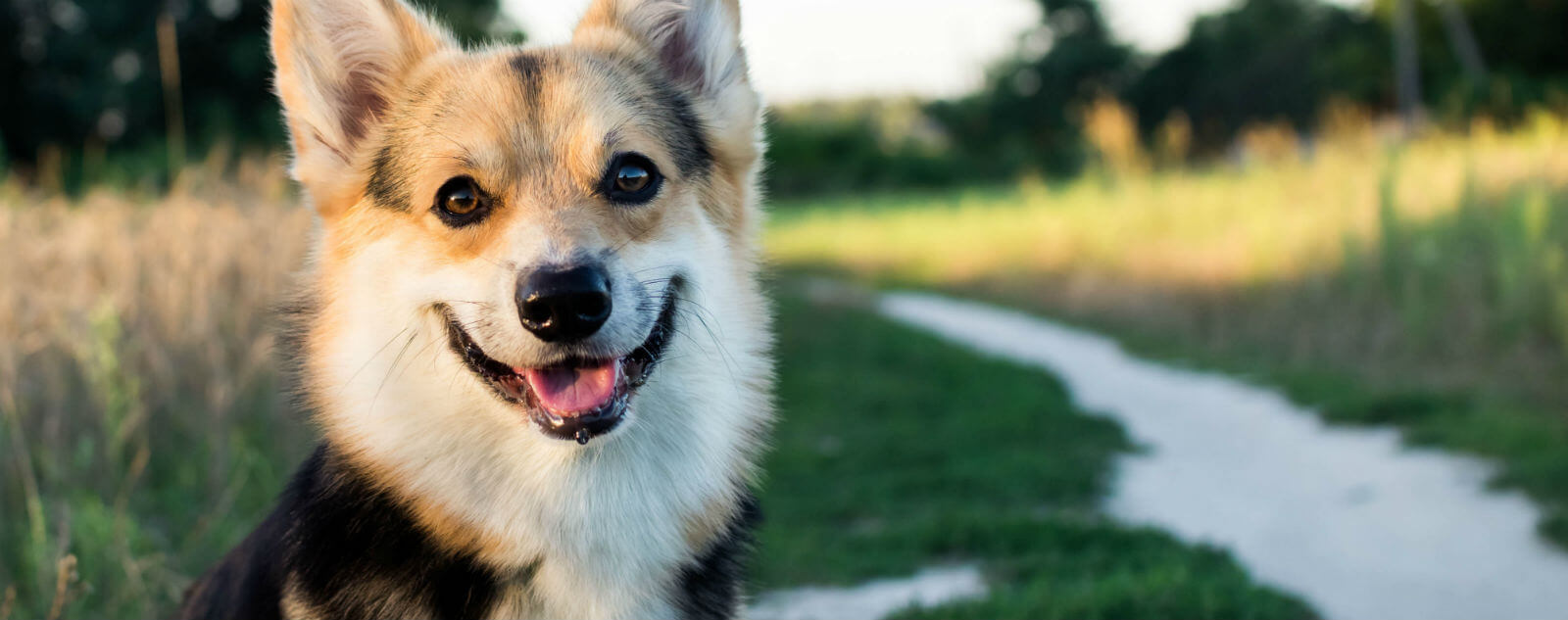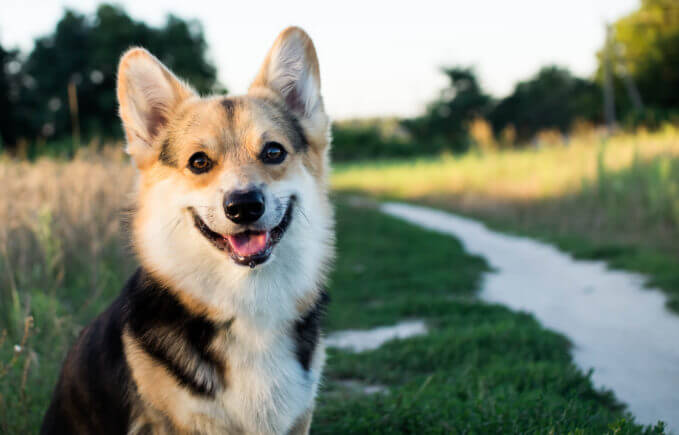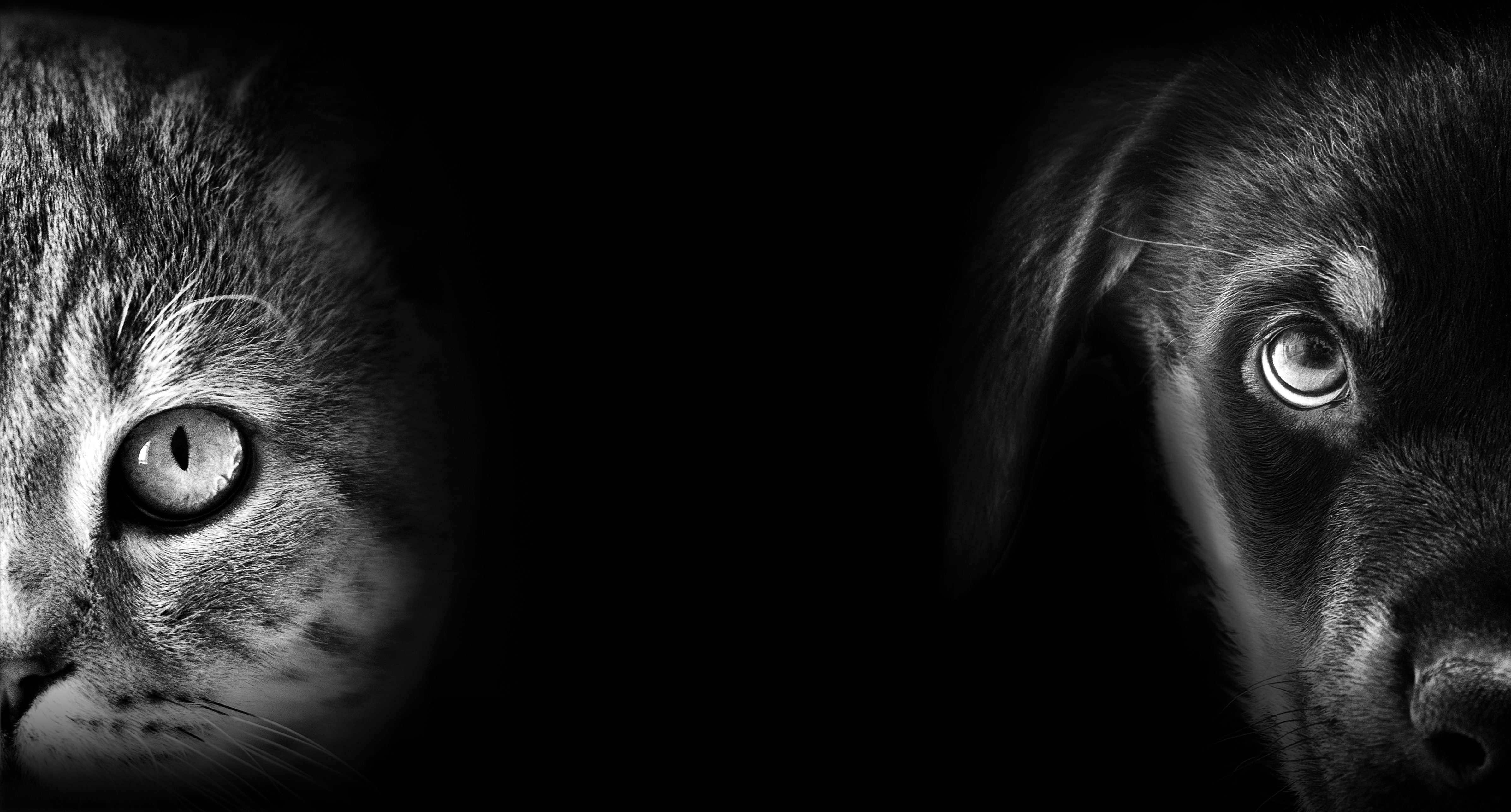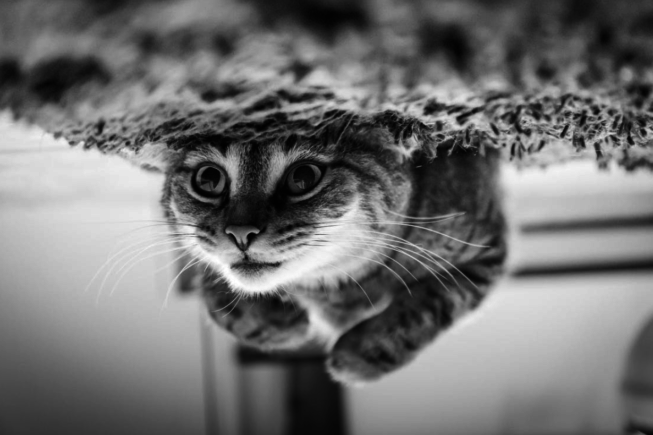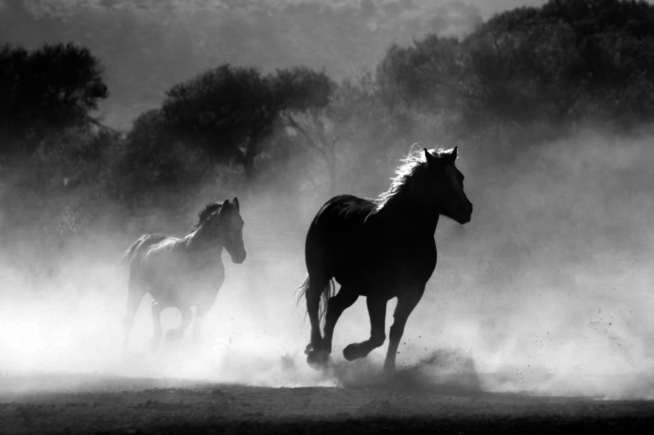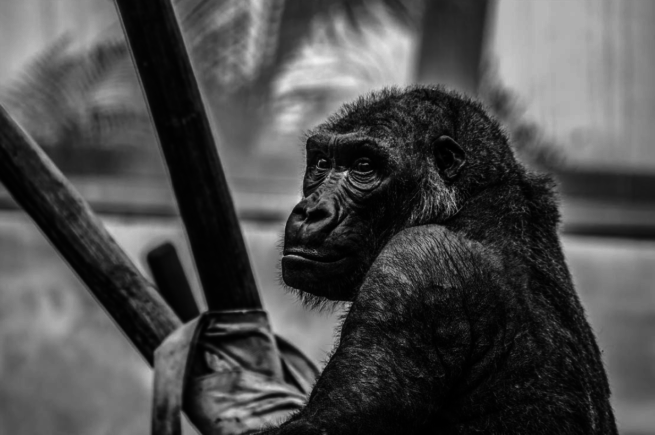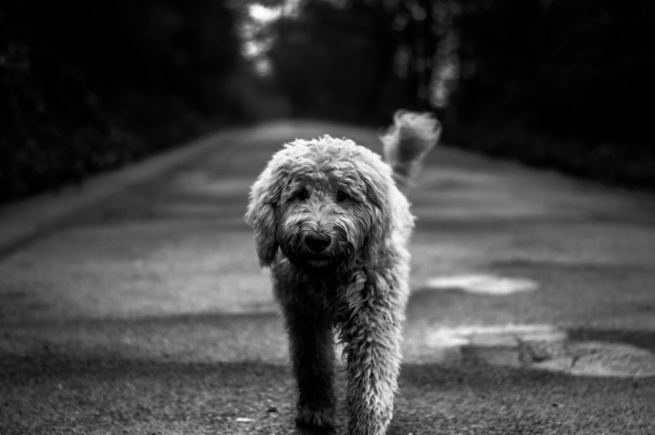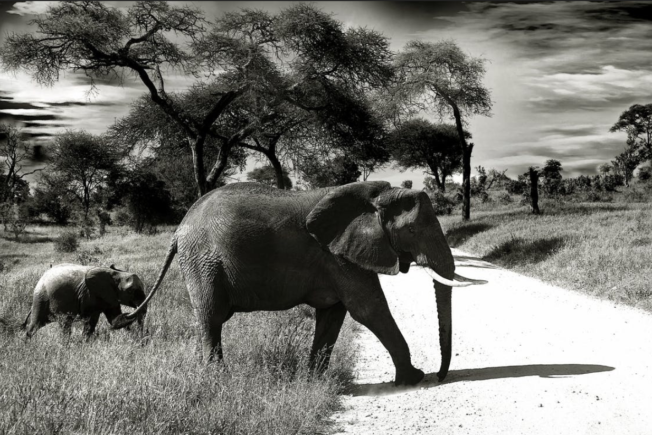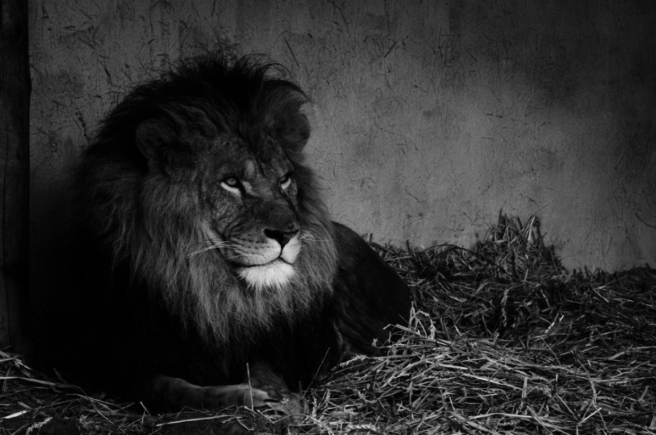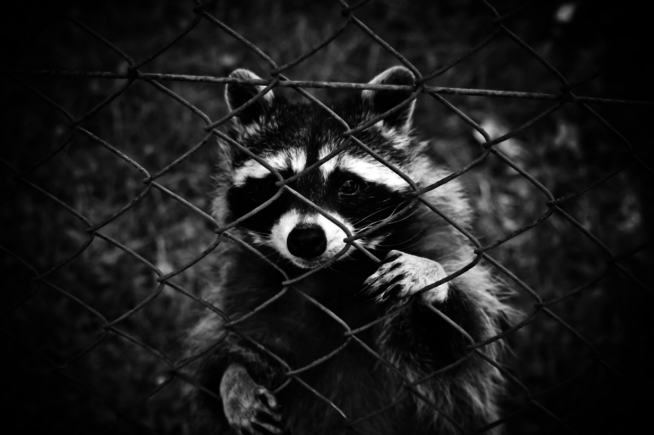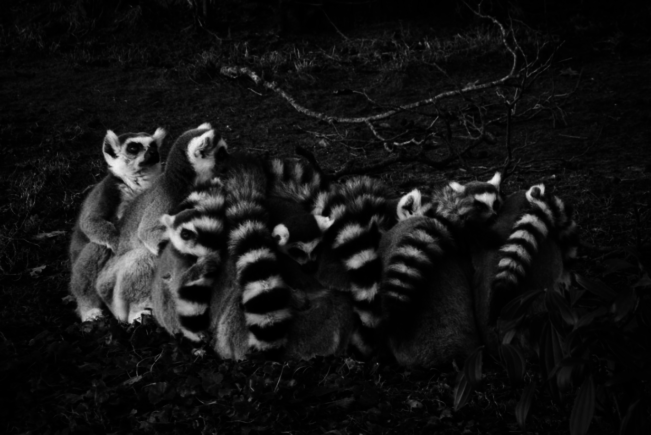International Puppy Day—the perfect day to celebrate your furry companions and a great opportunity to share your favorite snaps of your pup—is fast approaching! And in true holiday spirit, we’ve pulled together some of our top tricks to teach your dog and take the best puppy photos. Share them with your friends online or display them at home to treasure for yourself—the choice is yours.
Easy Tricks To Teach Your Dog
Wondering what the best dog poses for pictures are? We’ve pulled together some of the best tricks to teach your dog, making for extra cute dog poses and the best puppy photos so that you can make your dog photography extra special for their big day. And remember, the trick is to always keep treats at hand to praise and reward their hard work!
“Sit”
First things first, you’ll need to make sure they know how to “sit”, if they don’t already. This pose makes for a smart and put-together snap of your pooch on their big day. Just follow these easy steps:
Stand in front of your dog and hold their favorite treat near their nose.
Keeping the treat near their nose, move it over their head in an arc movement. They will raise their head back to follow the treat and will end up sitting on the floor to accommodate this movement. Once they sit, praise them and give the treat!
Practice this regularly to get them used to the process.
Later on, add the verbal cue “sit” as they go to sit down. It’s important that you time it right, otherwise they may start to associate the cue with the wrong movement.
Eventually you will find that you can complete this trick without the need for a treat.
“Stay”
This trick is ideal for dog photography. Getting them to stay in one place will help you to get a still, clear portrait with minimal movement or blurs! Here’s what you need to do:
- Get them into the “down” position.
- With a treat at the ready, put up your hand in the “stop” sign with your palm facing them.
- Wait a few seconds before you give them the treat and say “stay” before you feed it to them.
Top tip: Only reward them with a treat while they are lying down, not if they have gotten up!
Regularly practice these few steps, gradually increasing the length of time that they are lying down. Start to increase the distance between you and them, taking one step back every few times you practice the trick. Eventually they should pick up the trick and will be able to perform it without a treat at all.
Don’t forget to practice in different pet-friendly places—at the park, in the garden, around the house—so that your pet can still perform the trick even when you’re away from home.
“Shake”
This trick makes for an adorable dog pose for pictures, showing off the relationship between you and your pup perfectly. But hold back from picking up their paw, as they’ll get there on their own. Here’s how:
- Sit them down in front of you and hold your hand out, with a treat enclosed in your palm.
- Let the pooch sniff or lick your hand to figure out what you’re after.
- Once they paw at your hand, open it up and give them the treat along with some praise.
- Repeat these steps until the dog is pawing at your hand consistently.
- You can now start increasing the difficulty and have your dog holding their paw on your hand for a longer period of time before you hand over the treat. Make sure that they know you want their paw on your hand. Taking the time to pause in that position will help them understand this. They will begin to realize that placing and holding their paw on your hand gets them the treat—not just scratching at it.
- Start introducing the verbal cue. So before their paw makes contact with your hand, say “shake”. They will soon start to make the connection between the behavior and the verbal cue.
- Now you can start to slowly introduce some gentle up and down movements—as if you’re shaking their hand.
- Repeat the previous steps until they’re completely confident in this trick.
“Beg”/“Up”
A cute dog pose makes for an even cuter photo. If your pup can master this trick, then you’ll get an unforgettable photo to show off this International Puppy Day.
- Get your dog to “sit” and hold a treat to their nose, giving them the command “beg” (or “up”).
- As they reach to take the treat, move it over their head so they have to reach up and get it.
- Then, move it higher until your pup is sitting up on their hind legs in the “begging” position. Once they’re up, give them praise and hand them a treat!
- Repeat these steps frequently so that they become familiar with the process and eventually learn to do it on command.
“Roll over”
This one may be a little harder to photograph in one image, but you can film a little clip to share with your friends and family. With a Nixplay Wi-Fi Frame, you can showcase your best dog photos and your favorite videos all in one place.
- Get your furry friend into the “down” position.
- Take a tasty treat and hold it at the side of their head by their nose.
- Move your hand towards their shoulder, which will encourage them to follow the treat and roll flat on their side.
- Repeat this a few times and give them praise every time they do it well so that they can get used to these steps.
- Once they’ve mastered the previous steps, with a treat, continue moving your hand from their shoulder to their back. They should then roll over to their back.
- Continue moving the treat so they roll over onto the other side.
Once your pup is confidently following these steps, start adding the “roll over” verbal cue. Eventually, you can reduce the hand motions and take away the treats, but they should be able to do this trick on cue!

Our Top Dog Photography Tips
It can be hard to make your pup sit still when they’re full of excitement, but we’ve put together some of our top dog photography ideas to make sure you get the best snap of your pup for the big day.
- Practice makes perfect. Even though it may seem hard at first, never give up.
- Lose the flash. The bright light can be off-putting and damaging for their eyes. So to make sure you get the best shot, use artificial lighting to eliminate the need for flash photography.
- Get down to their level. It will help them to feel less intimidated, as well as giving you an adorable close-up shot!
- Get the best expressions. Use playful tactics to make them wide-eyed and super smiley, or get their ears to perk up for a great shot by making goofy noises.
- Choose a faster shutter speed. This will help you capture a clearer image before your pup inevitably moves their head or body during the shot. If you’re shooting your dog photography on your phone, choose the burst mode to get a sequence of shots to choose from.
For more dog photography tips, read our blog: “4 Animal Photography Tips You Should Try With Your Pet”.
Showing Off Your International Puppy Day Snaps
Once you’ve captured your best dog photos, it’s time to show them off to your friends and family! With a Nixplay Smart Photo Frame, displaying your favorite snaps has never been easier. Find your frame online today and make your house a home with personal and memorable photos that can last a lifetime.
Use the hashtag #InternationalPuppyDay when uploading your best puppy photos online and let everyone see your best dog photography skills – and browse through their snaps, too!



